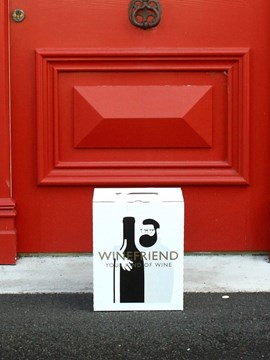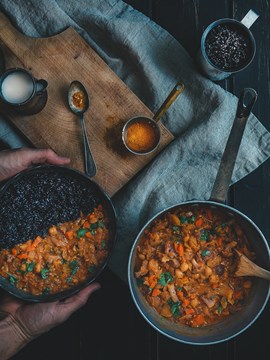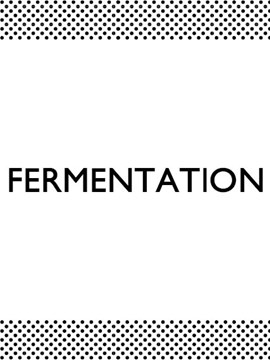Ah, rosé: you pink-hued vixen! The subject of what it seems is a perpetual obsession, rosé just so happens to work with pretty much any food you can name. Seafood, BBQ, salads, cheese: everyone’s favourite summer sip matches ‘em all. In this post, we’ll break down why rosé is so food-friendly. Scroll down to read more!
Some rosé basics
If you haven’t already, now would be a great time to read our post on the different methods of making rosé — but here’s a quick rundown for the sake of understanding why it pairs so beautifully with food.
Two key things to know about rosé are that it’s crafted from red grapes and that the style of a given example depends on the varietal it’s made from and how long the juice spends with the grape skins.
As for how it’s actually produced? Winemakers can use a few different methods to bring summer’s perfect sip to life.
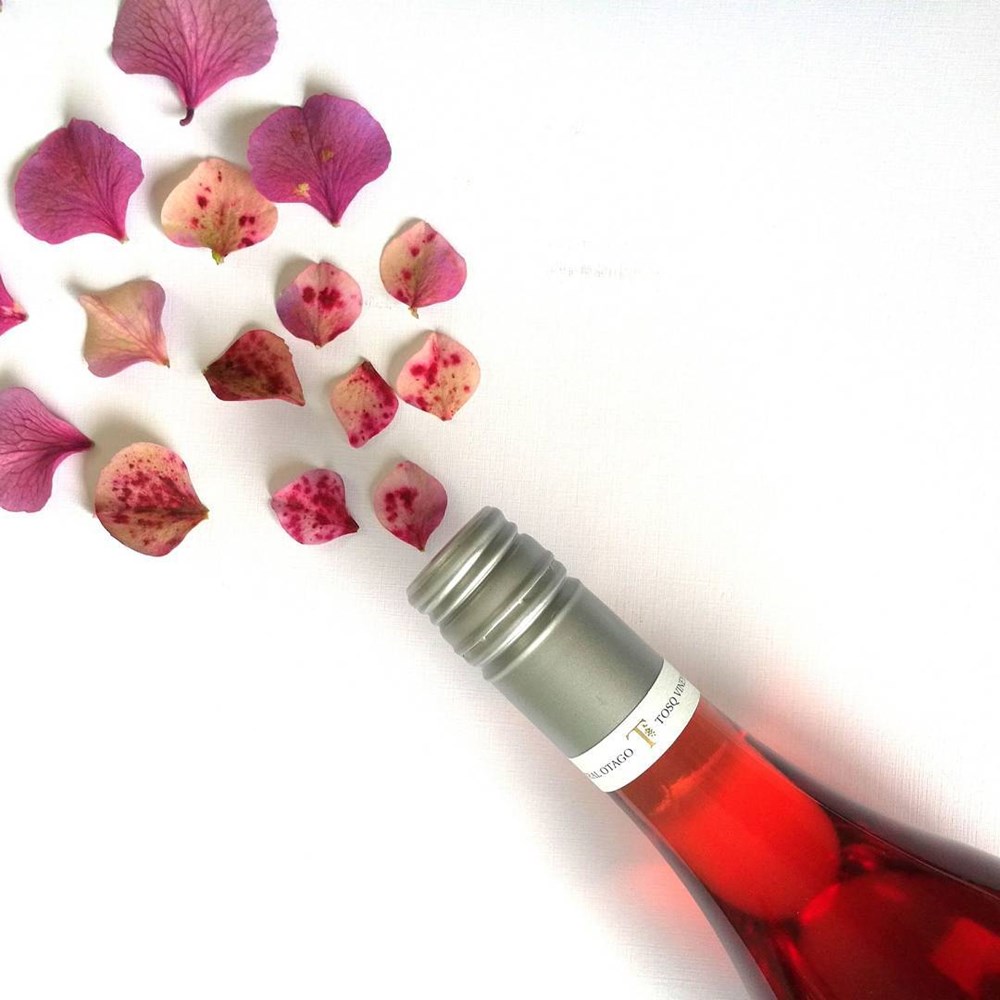
The most common of them, limited skin contact, involves keeping the juice and skins together for up to 48 hours (as opposed to weeks or months for red wines) and can produce both lighter and fuller rosés depending on the length of that contact.
In the saignée method, a vintner essentially makes rosé as a byproduct of red wine processing. After picking, sorting, destemming, and crushing the grapes, the winemaker will ‘bleed off’ a portion of the red juice early in the maceration process to achieve a lighter colour in the resulting rosé. These pink beauties are generally ‘bigger,’ with more concentrated flavour and fuller mouthfeels.
Direct-pressing produces the lightest rosés in both colour and body and involves treating red grapes like white grapes — pressing them immediately after sorting and destemming to separate them from their skins.
And the final method? Though it’s extremely uncommon (and widely frowned upon), rosé can actually be made by blending red and white wine.
Each of these methods produces its own style or styles of rosé — but certain qualities prevail across the board and make this wine great with food. Let’s talk about what they are.
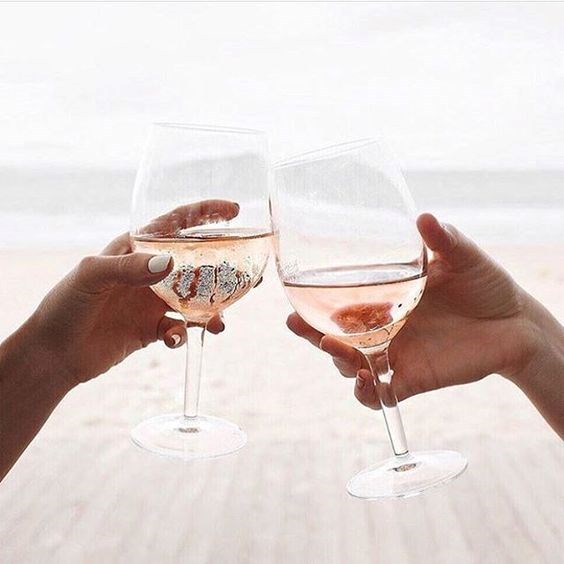
What makes rosé so food-friendly?
In the wine realm, rosé is well-known as a foodie’s dream drink. But why?
Answer: it’s the best of both the red and white worlds.
Because it’s made from red grapes (at least the majority of the time) but produced like a white wine, rosé naturally displays some of the same characteristics as both reds and whites. When it comes to body, it walks a delicious tightrope between full and light — and when it does fall on the full side, the fact that it’s served chilled mitigates any heaviness and replaces it with utter refreshment.
Combine all that with rosé’s typical youth and brightness, and voilà! You have the quintessential food wine.
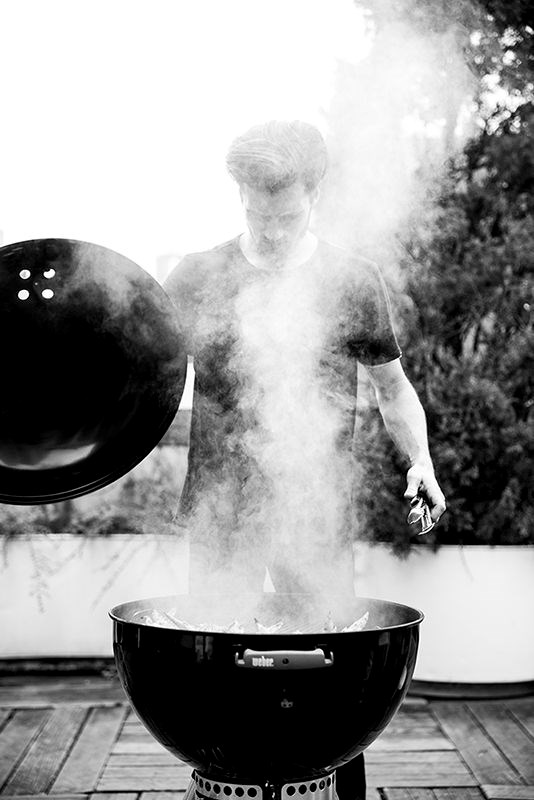
What should I eat with rosé?
For the most part, you can pair almost anything — be it spicy, sweet, salty, or savoury — with a good rosé. It’s a certifiable dream with any ‘summery’ foods, so if you’re stumped on what to choose, think about what you’d love to devour on a warm, sunny day.
Classic matches include:
- Seafood (especially prawns)
- Charcuterie
- Goat’s cheese
- Manchego
- Light summer salads
- Fruit
- BBQ
- Lightly spicy dishes
Happy pairing!
Want more wine and food pairings? Each WineFriend bottle comes with a description that outlines its ideal match. Join our family today!

